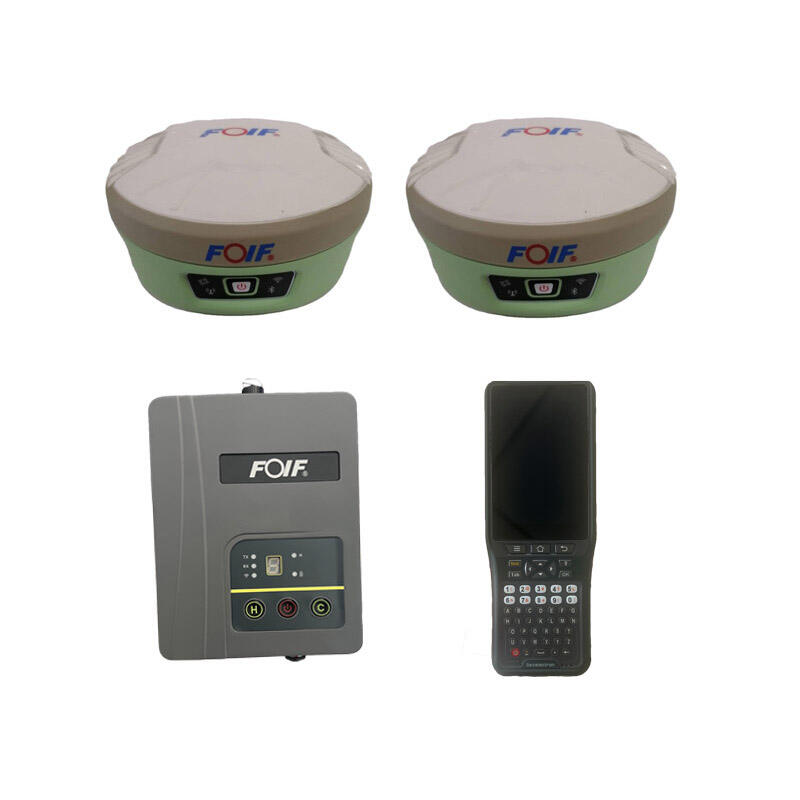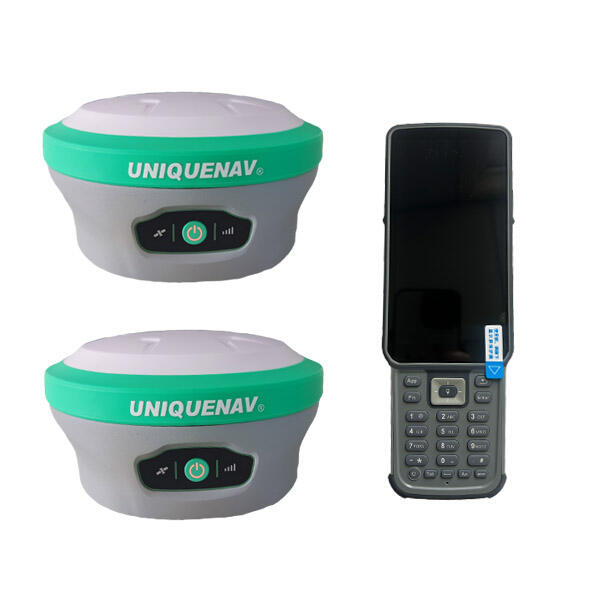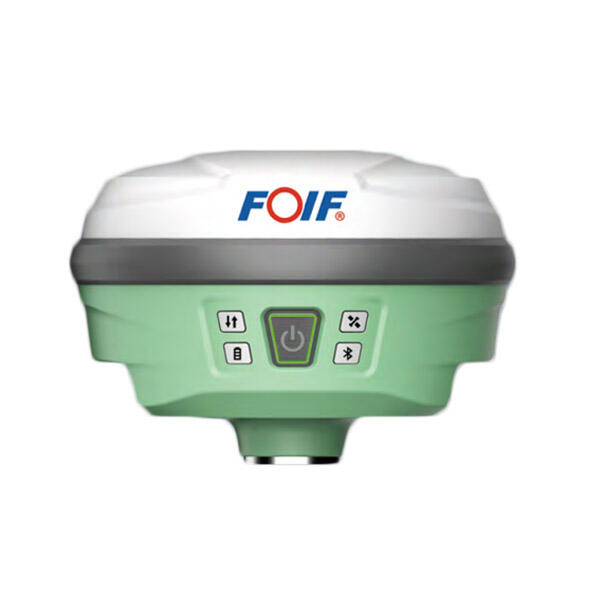gnss rtk
GNSS RTK (Global Navigation Satellite System Real-Time Kinematic) represents a cutting-edge positioning technology that delivers centimeter-level accuracy in real-time. This sophisticated system works by utilizing base stations with known positions to correct satellite signals received by mobile rovers. The technology processes carrier phase measurements from multiple satellite constellations, including GPS, GLONASS, Galileo, and BeiDou, to achieve precise positioning solutions. The system operates by comparing the phase of the carrier wave from satellites at both the base station and rover, calculating the precise position through sophisticated algorithms. RTK technology enables continuous real-time corrections, making it invaluable for applications requiring high precision. The system typically consists of a base station that remains stationary at a known point, one or more mobile rovers, and a communication link between them. This setup allows for immediate error correction and position updates, typically achieving accuracy levels of 1-2 centimeters horizontally and 2-3 centimeters vertically. The technology has revolutionized various industries, from precision agriculture and construction to surveying and mapping, offering unprecedented accuracy in positioning and navigation services.


